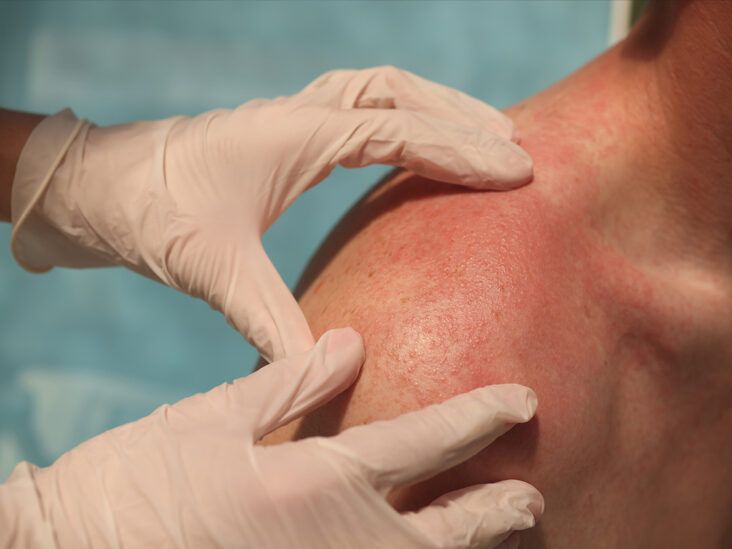Find the best dermatologist to address your treatment options.
Find the best dermatologist to address your treatment options.
Blog Article
Navigating Skin Cancer Cells Therapy: The Vital Duty of Mohs in Modern Dermatology Practices
Skin cancer, a daunting diagnosis, typically leaves clients grappling with various therapy choices. As we check out the intricacies of this treatment, one will certainly appreciate its essential function in skin cancer cells treatment.
Understanding Skin Cancer Cells: Types and Risks
There are three major kinds of skin cancer cells: Basal cell cancer, Squamous cell cancer, and Melanoma. It accounts for just concerning 1% of skin cancer instances however causes the large bulk of skin cancer cells deaths. Risk variables include reasonable skin, background of sunburn, excessive sun exposure, living at high elevations or shut to the equator, having many moles, a family members history of skin cancer cells, and compromised immune system.
What Is Mohs Surgery and Just How It's Changing Skin Cancer Treatment
In spite of the numerous therapies currently available for skin cancer, Mohs surgical treatment stands apart as a groundbreaking and very reliable service. Called after Frederic E. Mohs, the doctor that created the treatment, Mohs surgical procedure is a precise medical technique utilized to treat skin cancer. Throughout the treatment, slim layers of cancer-containing skin are considerably eliminated and taken a look at till just cancer-free tissue stays. This technique enables the specialist to verify that all cancer cells have actually been gotten rid of at the time of surgical procedure. This degree of accuracy, incorporated with the ability to spare as much healthy cells as feasible, is transforming skin cancer treatment. Therefore, Mohs surgery has become a keystone of modern-day dermatology practices.
The Benefits of Mohs Surgery Over Standard Skin Cancer Cells Therapies
Building on the innovative nature of Mohs surgery, it's essential to consider its various benefits over traditional skin cancer cells treatments. Unlike typical treatments, Mohs uses a greater treatment price, frequently getting to 99% for new therapies and 94% for recurring cancers. This accuracy is due to its unique method of progressively eliminating and analyzing cells layers up until just cancer-free cells stay (hair loss). In addition, it decreases damages to healthy and balanced skin, causing less scarring and boosted aesthetic end results. Mohs likewise provides immediate outcomes, eliminating the anxiety-ridden wait typical with various other techniques. Last but not least, it's cost-effective, as the surgical treatment and microscopic evaluation happen simultaneously, eliminating the need for extra research laboratory services. Therefore, Mohs stands for a considerable improvement in skin-related techniques.
The Procedure of Mohs Surgery: What to Expect During the Refine

Possible Adverse Effects and Post-Operative Treatment of Mohs Surgery
Going through Mohs surgical treatment, like any type of various other surgical procedure, involves possible side effects that patients ought to know. Typical adverse effects include discomfort, wounding, and swelling at the surgery site. These are generally short-term and manageable with over-the-counter pain medication and ice packs. In rare cases, people may experience infection, blood loss, or an allergy to the anesthetic. Post-operative care is vital to recovery and minimizing adverse effects. This commonly involves keeping the wound clean and completely dry, taking recommended medicines, and avoiding exhausting tasks. Patients ought to likewise go to all follow-up appointments for wound treatment and surveillance. In many cases, added therapies might be essential to make certain full removal of the malignant cells. Complying with these post-operative care guidelines can significantly improve recovery and end results.
Verdict

Report this page